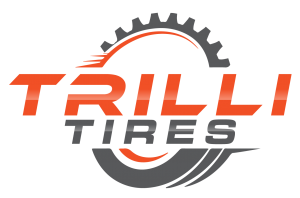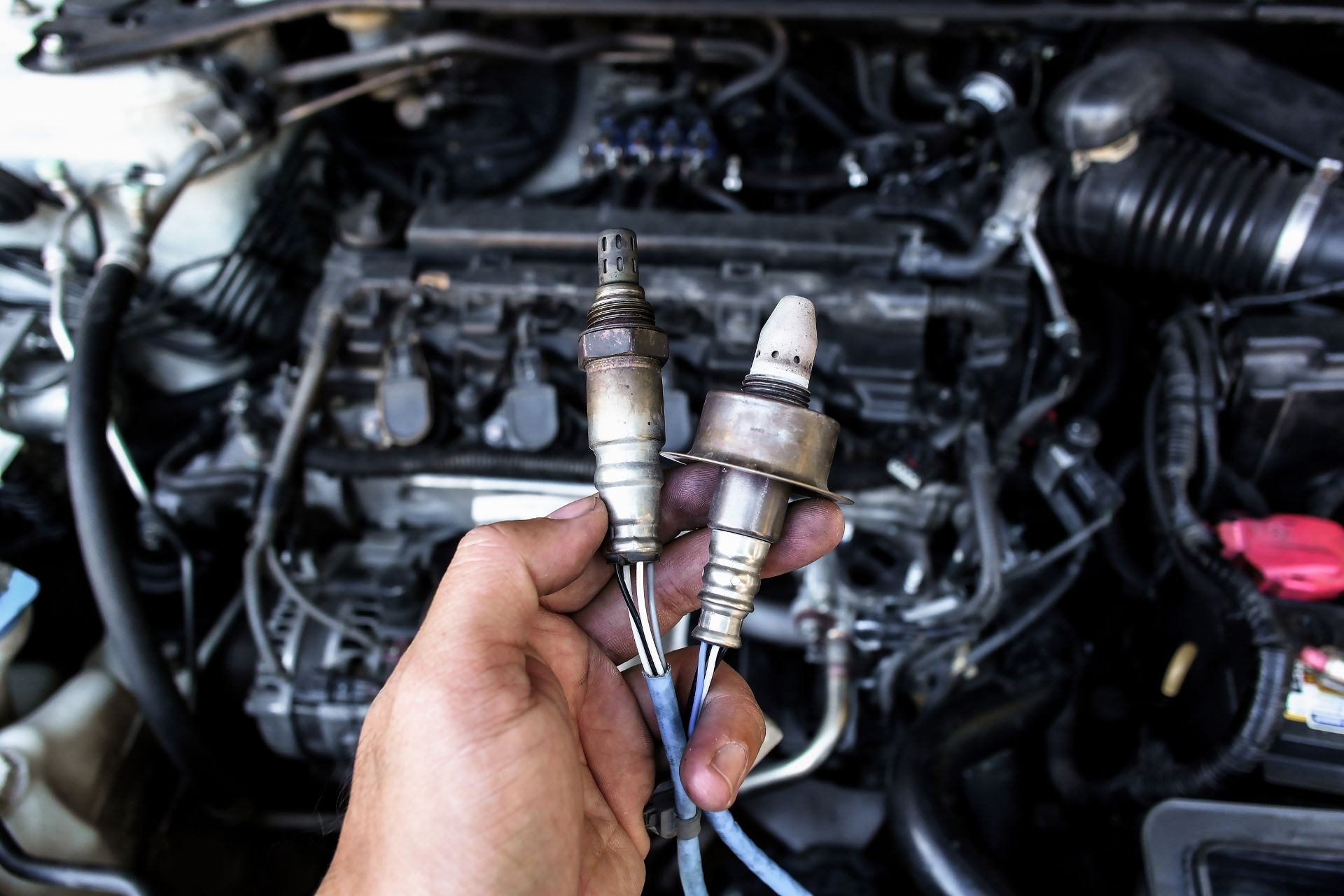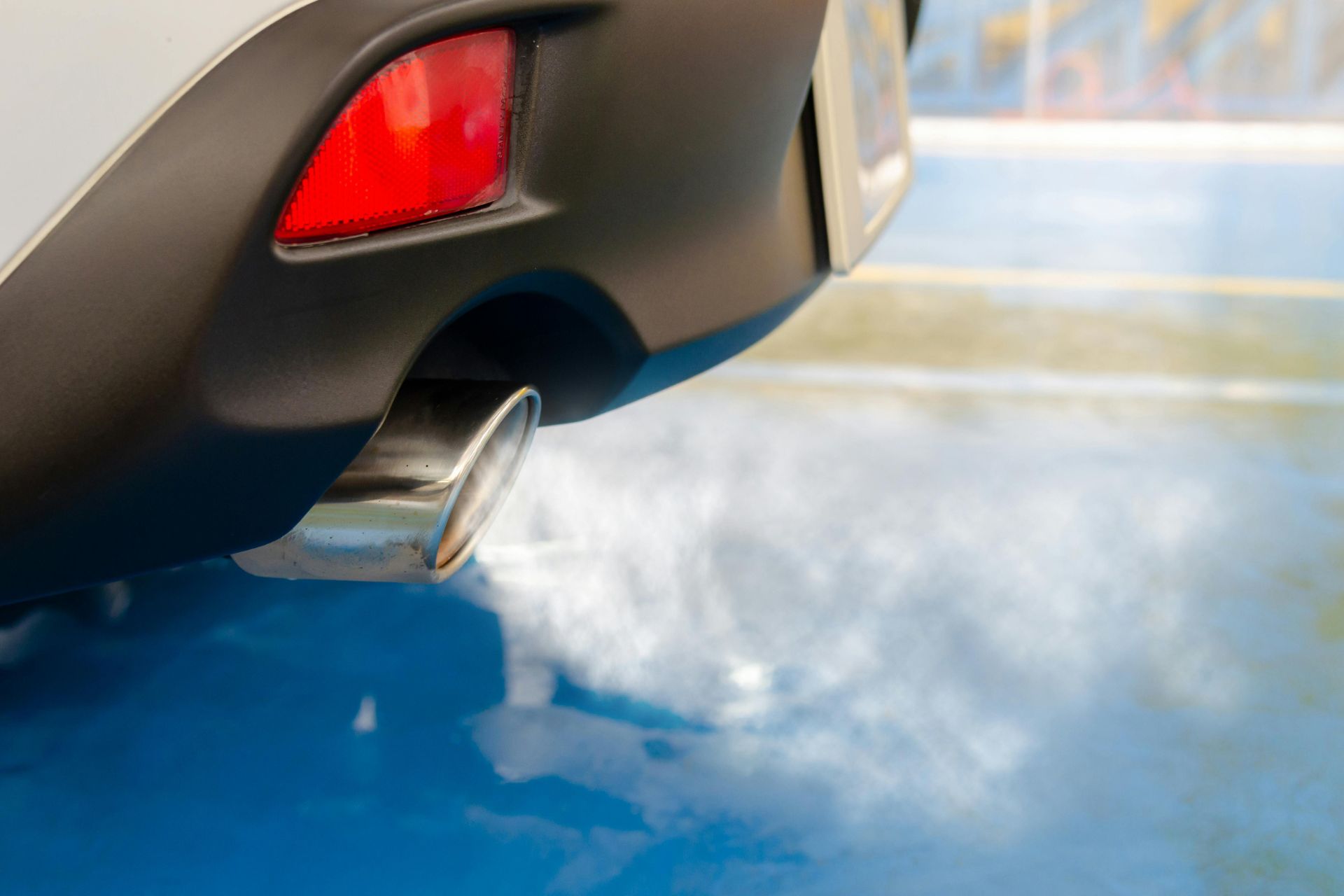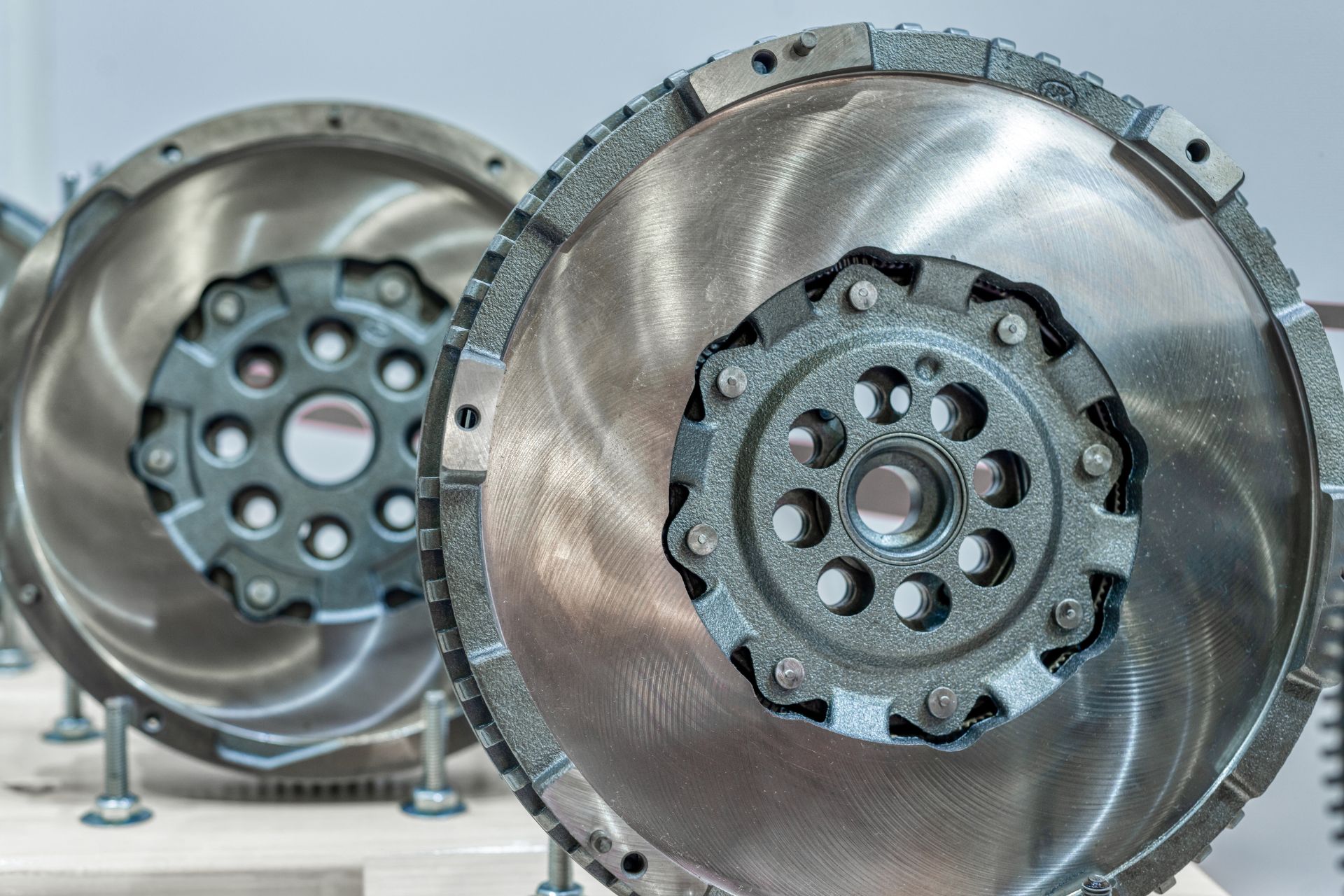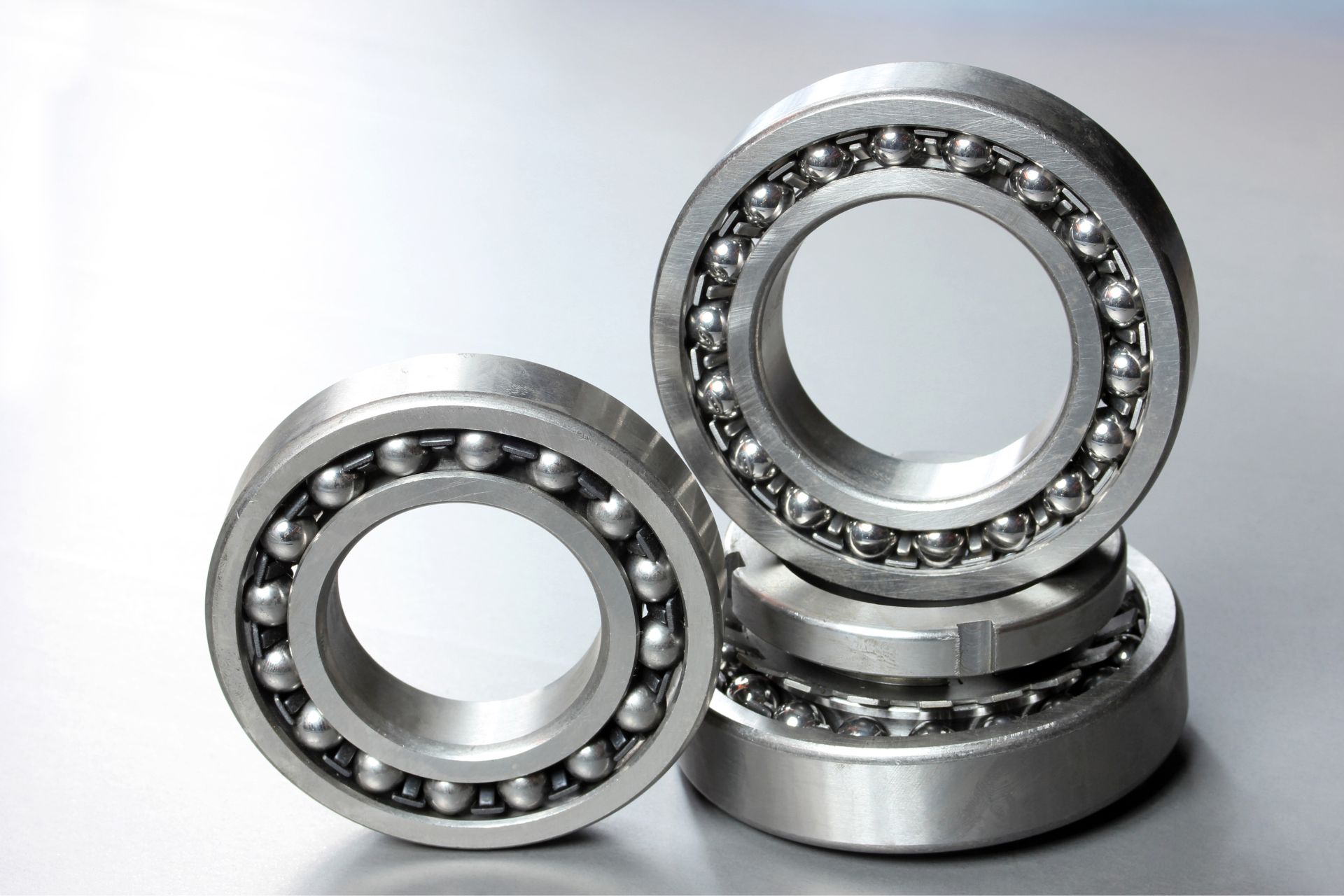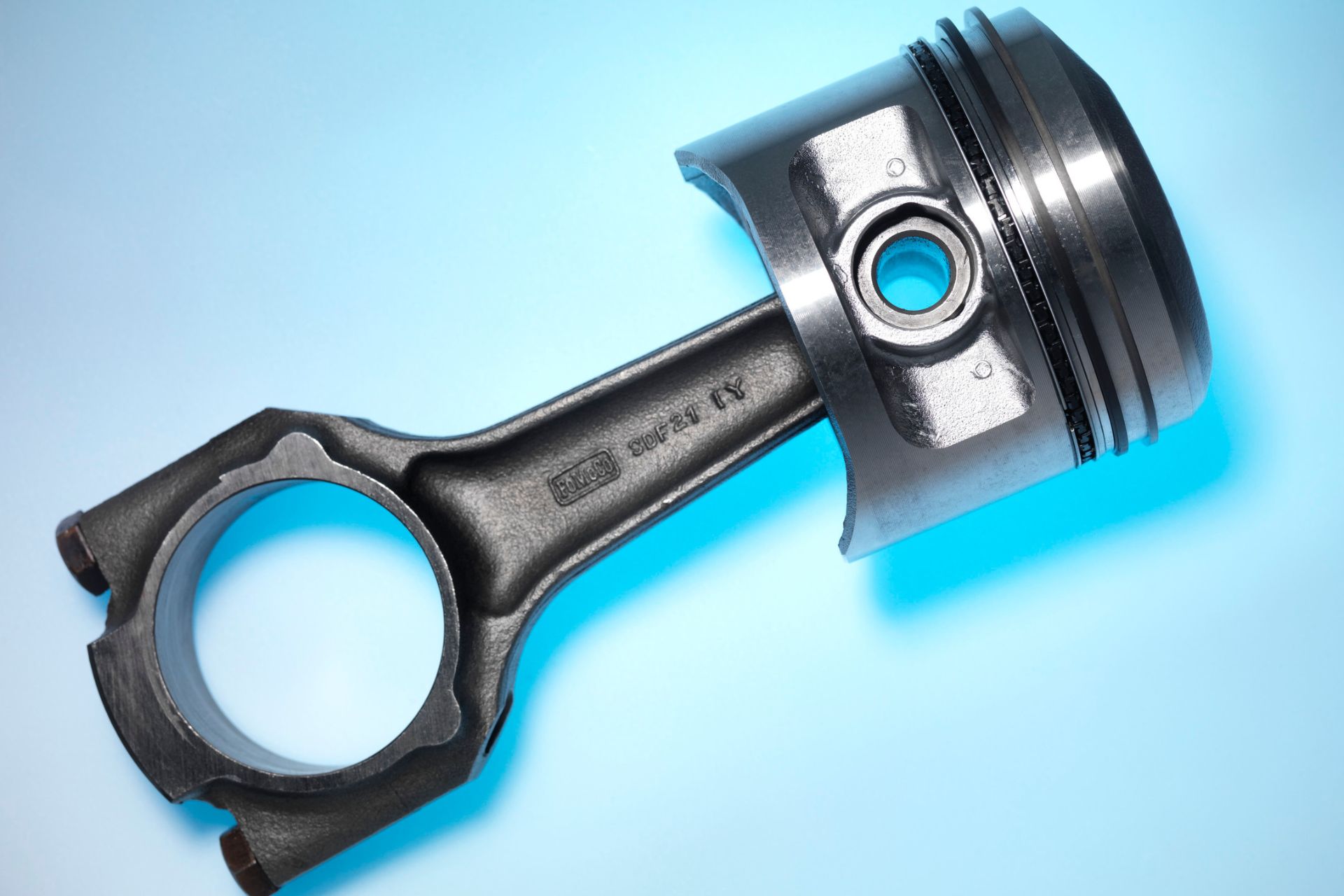Modern vehicles rely on precise control of fuel mixture, exhaust flow, and combustion efficiency. One of the most important components behind this precision is the oxygen sensor. Although small in size, it provides essential data to the engine computer, helping regulate how the engine burns fuel and manages emissions. When the oxygen sensor begins to fail, drivers may experience a range of issues, from poor fuel economy to engine damage. Understanding what happens when this component fails helps drivers recognize symptoms early and prevent costly repairs. This guide explains how the oxygen sensor works, what causes failure, how it affects the engine, and why prompt attention is important.
What an Oxygen Sensor Does
The oxygen sensor monitors the amount of oxygen present in the exhaust gases. By analyzing this data, the engine control module can adjust the air to fuel mixture. If the mixture is too rich, meaning too much fuel is present, the engine wastes gas and produces higher emissions. If the mixture is too lean, meaning too little fuel is present, the engine may run hotter, misfire, or perform poorly. Because the oxygen sensor helps maintain balance, its data is critical for efficient and stable engine operation.
Many vehicles use multiple sensors. One sits before the catalytic converter to measure exhaust from the engine, while another sits after the converter to confirm whether emissions are being filtered correctly. If either sensor begins to fail, the vehicle cannot manage combustion or emissions effectively.
Why the Oxygen Sensor Is So Important
The engine computer makes thousands of adjustments per second. These adjustments rely heavily on feedback from the oxygen sensor. Without accurate readings, the engine cannot maintain the ideal ratio of fuel to air. This affects performance, emissions, and long-term reliability. Even a slight error in readings can lead to noticeable symptoms. Over time, these issues become more severe and may create damage to major components such as the catalytic converter.
Signs of Failing Include:
Knowing the common symptoms helps drivers catch the problem early.
1. Poor Fuel Economy
One of the earliest signs of a failing oxygen sensor is reduced fuel economy. When the sensor provides incorrect data, the engine may inject too much fuel. Since the computer cannot determine the proper mixture, the engine burns more fuel than needed. Drivers often notice more frequent trips to the gas station.
2. Rough Idling
The engine relies on steady fuel delivery to maintain a smooth idle. A failing oxygen sensor can cause the mixture to fluctuate, leading to shaking, stalling, or inconsistent idle speed.
3. Check Engine Light
A bad oxygen sensor is one of the most common reasons the check engine light appears. Diagnostic tools typically reveal codes related to lean mixture, rich mixture, or oxygen sensor performance.
4. Weak Acceleration
When the oxygen sensor fails, the engine may struggle to deliver power. The mixture becomes unstable, and the vehicle may feel sluggish when accelerating. This hesitation can become more noticeable under heavy load or uphill driving.
5. Increased Emissions
Poor air to fuel control leads to higher emissions. This not only affects the environment, but may also cause the vehicle to fail emission testing. High emissions can be a sign that the catalytic converter is receiving an improper exhaust mixture, which can lead to further damage.
6. Engine Misfires
Incorrect readings can cause cylinders to fire inconsistently. Misfires lead to shaking, poor acceleration, and potential internal damage if ignored.
What Causes It To Fail
Although the oxygen sensor is designed to last many years, several factors can shorten its lifespan.
Contaminated Fuel
Low-quality or contaminated fuel leaves residue on the sensor. This residue coats the sensing element and prevents accurate readings.
Oil or Coolant Leaks
If oil or coolant enters the exhaust stream due to engine wear or gasket failure, the oxygen sensor becomes coated with deposits. These deposits interfere with how the sensor detects gases.
Carbon Buildup
Over time, carbon from incomplete combustion can cover the sensor surface. This buildup slows its response time and reduces accuracy.
Aging
Like any electronic component, the oxygen sensor eventually wears out. Most need replacement after years of exposure to heat and exhaust gases.
Exhaust Leaks
Air entering the exhaust system before the sensor can create false readings, leading the engine computer to adjust fuel mixture incorrectly. This stresses the sensor and may cause premature failure.
What Happens Inside the Engine When an Oxygen Sensor Fails
A faulty sensor disrupts communication between the exhaust system and the engine computer. This leads to several internal problems.
Incorrect Fuel Mixture
The engine may run either too rich or too lean. Running rich wastes fuel and increases emissions. Running lean creates higher temperatures inside the engine, which can damage valves or pistons.
Stress on the Catalytic Converter
The catalytic converter depends on stable exhaust chemistry. A failing sensor causes unburned fuel or excess oxygen to enter the converter. This can cause overheating, melting, or clogging of the converter, resulting in expensive repairs.
Reduced Performance
Vehicles rely on precise timing and fuel control. A failing oxygen sensor disrupts this balance, leading to slow acceleration, rough idle, and difficulty maintaining speed.
Higher Fuel Consumption
Because the computer no longer receives accurate data, it often defaults to a richer mixture for safety. This greatly increases fuel usage.
Increased Engine Wear
Poor combustion and unstable fuel mixture increase friction and temperature. Over time, this accelerates wear on internal parts.
How Technicians Diagnose Oxygen Sensor Problems
A trained mechanic uses several methods to confirm sensor failure.
Diagnostic Trouble Codes
A scan tool reveals whether the oxygen sensor is sending irregular or slow data.
Live Data Monitoring
Technicians examine real time readings to determine how quickly the sensor responds to changes in the exhaust.
Exhaust System Inspection
Leaks, damage, or contamination can cause symptoms that resemble sensor failure.
Fuel Trim Analysis
Fuel trim values show how much the computer is adjusting the mixture. Extreme values often point to a failing oxygen sensor.
Visual Inspection
In some cases, sensors show visible signs of contamination, oil coating, or carbon buildup.
Repair and Replacement Options
If the sensor is failing, replacement is the most effective solution. Fortunately, sensors are accessible and quicker to replace than many other engine components.
Sensor Replacement
Installing a new oxygen sensor restores proper data flow to the engine computer. This helps return fuel mixture and emissions to normal levels.
Addressing Underlying Problems
If contamination caused the failure, the mechanic may recommend repairing leaks, replacing gaskets, or cleaning the fuel system. Fixing the root cause prevents the new sensor from failing early.
Catalytic Converter Check
If the oxygen sensor has been failing for a long time, the converter may have suffered damage. Early detection helps avoid costly replacement.
How Drivers Can Prevent Oxygen Sensor Problems
Several habits help protect the sensor and keep the engine running efficiently.
Use High Quality Fuel
Clean fuel reduces deposits and supports correct combustion.
Fix Leaks Quickly
Oil or coolant leaks contaminate the exhaust and damage sensors.
Replace Air Filters on Schedule
Clean air promotes better combustion and reduces buildup.
Keep the Engine Tuned
Healthy spark plugs and ignition components reduce misfires that damage sensors.
Follow Maintenance Intervals
Replacing worn parts early helps maintain stable air-to-fuel ratios.
Why Prompt Action Matters
Ignoring a failing oxygen sensor can lead to expensive repairs. Problems such as poor fuel economy, catalytic converter damage, and internal wear grow more severe over time. Quick replacement protects the engine, reduces emissions, and restores smooth driving.
Get Reliable Help for Oxygen Sensor Issues
If your vehicle shows reduced fuel economy, sluggish performance, misfires, or a check engine light, the oxygen sensor may be failing. Accurate diagnosis ensures better performance and prevents long-term damage.
For expert diagnostics and repair, contact TrilliTires serving Richmond Hill.
